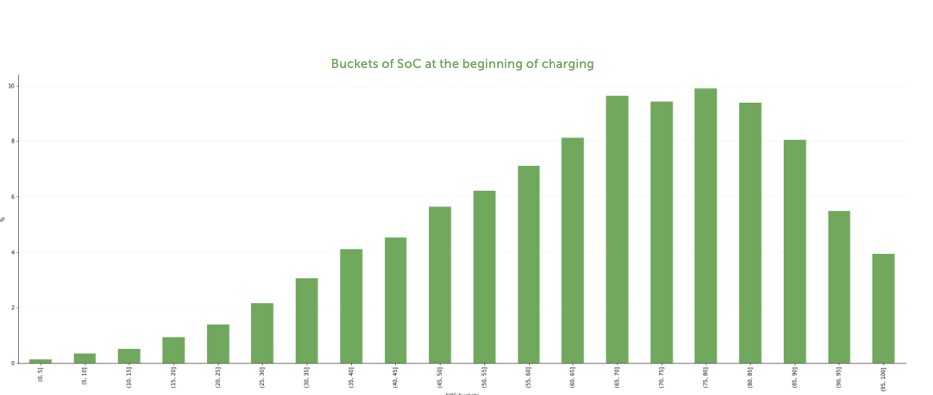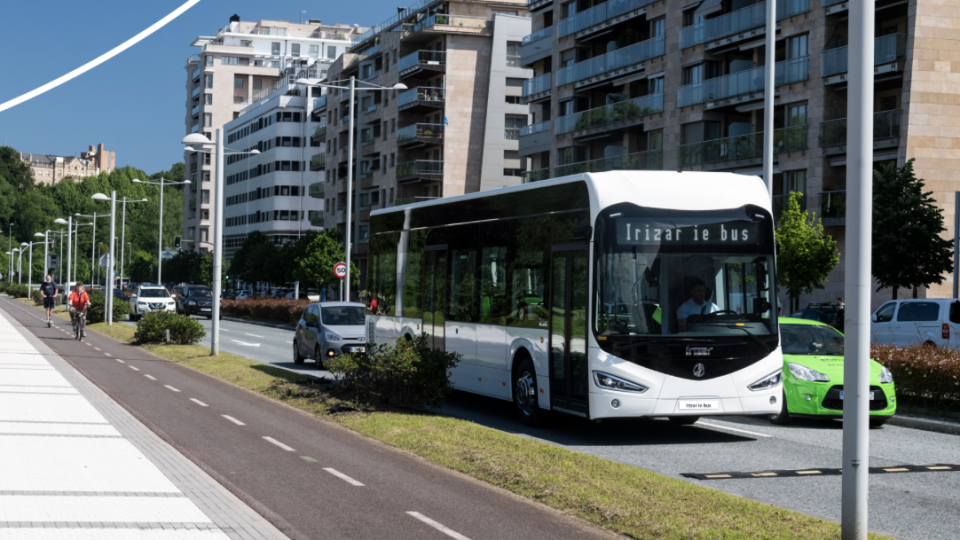Fast chargers are underutilized in a quarter of opportunity charging sessions, ViriCiti finds
Around a quarter of all opportunity charging sessions start when the battery is already over 80% charged, according to the latest industry report released by ViriCiti. According to a previously released study, ViriCiti found that accessories consume 28% of e-bus energy. The Dutch telematics company says: «Considering the charging power decreases as battery state-of-charge (SoC) […]

Around a quarter of all opportunity charging sessions start when the battery is already over 80% charged, according to the latest industry report released by ViriCiti. According to a previously released study, ViriCiti found that accessories consume 28% of e-bus energy.
The Dutch telematics company says: «Considering the charging power decreases as battery state-of-charge (SoC) goes up, with a sharp inflection point at around 80% State of Charge, this means that 24% of opportunity charging sessions don’t use the fast chargers at their full capacity. This well-known phenomenon happens because the BMS (Battery Management System) reduces the charging power to avoid overheating the battery cells».
ViriCiti today connects to more than 1200 charger connectors (plugin & pantograph) across the world and has registered almost 3 million charging transactions from over 1000 vehicles since 2018. The here mentioned report is the product of a research that took in consideration over 40,000 charging sessions from 190 charging stations were analyzed.
Opportunity charging, how to use it at its best?
Furthermore, the report shows that the average duration of an opportunity charging session is close to 26 minutes, with an average energy charged of 69.8 kWh. Operators also seem to start charging their buses on-route at an already high SoC level averaging at approximately 64%.

The results also indicate that «there is room for a more efficient driving of electric buses, which would mean lower starting SoC and faster charging rates, leading to shorter charging sessions and better on-route recovery. Intelligent telematics systems like ViriCiti’s help operators use existing charging infrastructure more efficiently, prioritizing chargers based on itinerary, lowering demand costs through peak shaving, and decreasing energy costs by shifting charging times to lower energy tariffs».







